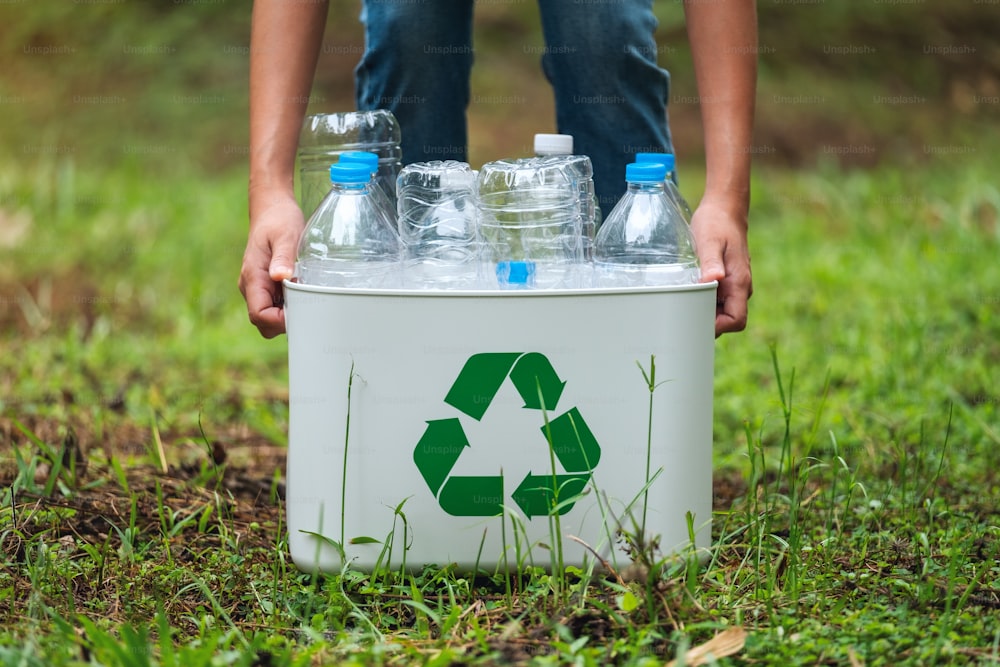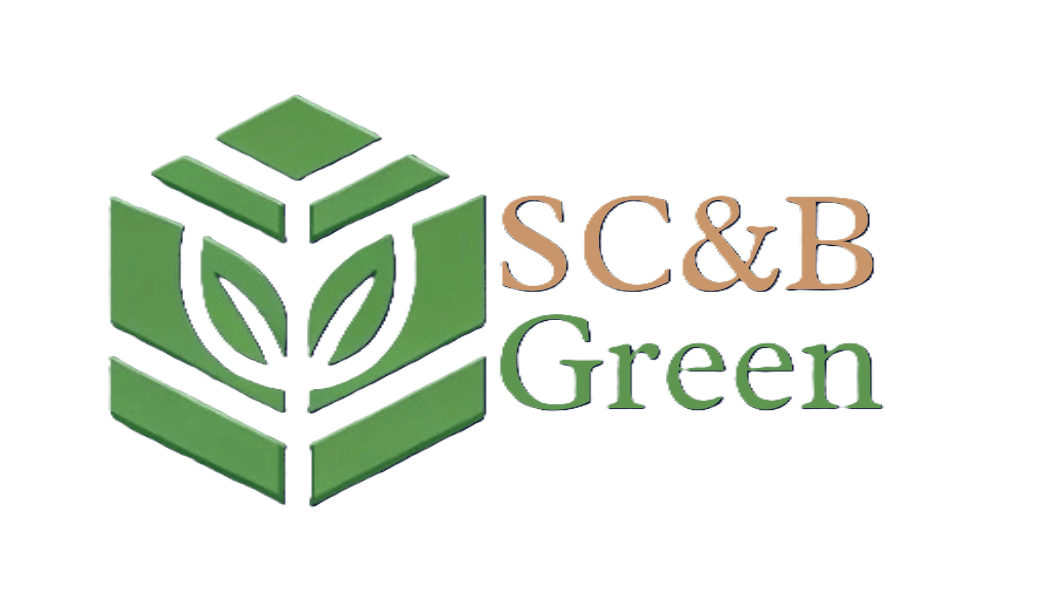Understanding Product Life Cycle Analysis: Your Guide to Product Carbon Footprint
In the pursuit of sustainability, understanding the environmental impact of products from cradle to grave is paramount. Product Life Cycle Analysis (LCA), also known as Product Carbon Footprint (PCF), is a comprehensive method used to evaluate the total greenhouse gas (GHG) emissions produced throughout a product's life cycle. SC&B Green specializes in conducting these analyses, helping businesses uncover opportunities to reduce their environmental impact and align with global sustainability standards. This page explores what Product LCA is, its importance, and how it's calculated, guided by the principles of the Greenhouse Gas Protocol.
Importance of Product LCA
- Informed Decision Making: LCA provides detailed insights into where emissions are most concentrated in a product's life cycle, guiding more sustainable design, material selection, and manufacturing processes.
- Regulatory Compliance: With increasing environmental regulations, conducting an LCA helps businesses stay compliant and competitive in the market.
- Transparency and Consumer Trust: Sharing LCA results demonstrates a commitment to sustainability, building consumer trust and loyalty.
- Strategic Sustainability: It enables businesses to identify and implement effective strategies to reduce their carbon footprint, improve energy efficiency, and transition to more sustainable practices.
Tools and Standards
The GHG Protocol provides tools and standards for conducting Product LCA, ensuring consistent, comparable, and credible assessments. SC&B Green utilizes these tools, along with state-of-the-art software and methodologies, to deliver comprehensive LCA services.
How Product LCA is Calculated
1. Goal and Scope Definition: The process begins by defining the purpose of the study and detailing the product's life cycle stages to be analyzed, ensuring a clear framework for the assessment.
2. Inventory Analysis: This step involves collecting data on all inputs and outputs in each stage of the product life cycle, including energy use, material inputs, and emissions. This comprehensive inventory accounts for Scope 1, 2, and 3 emissions as defined by the GHG Protocol, covering direct emissions, indirect emissions from purchased energy, and all other indirect emissions associated with the product's life cycle.
3. Impact Assessment: Using the inventory data, the environmental impacts are quantified using established emission factors. This step calculates the total GHG emissions expressed in carbon dioxide equivalents (CO2e) to assess the product's global warming potential.
4. Interpretation: The results are analyzed to identify significant impact areas and opportunities for emissions reduction. Strategies for improvement are developed based on this interpretation.
5. Reporting and Improvement: The final step involves reporting the findings in a transparent manner and implementing the identified strategies to reduce the product's environmental impact.

Partner with SC&B Green
Embarking on a Product Life Cycle Analysis journey can be complex. SC&B Green offers expert guidance and support, from initial goal setting and data collection to strategy implementation and reporting. Our services empower businesses to make data-driven decisions that enhance sustainability and drive innovation.


